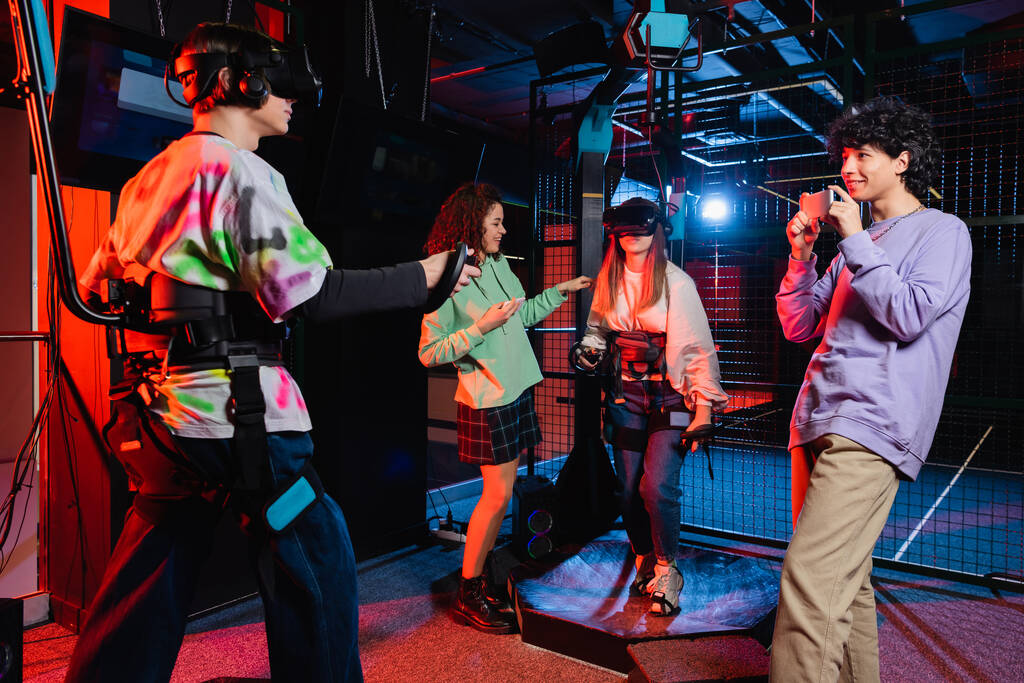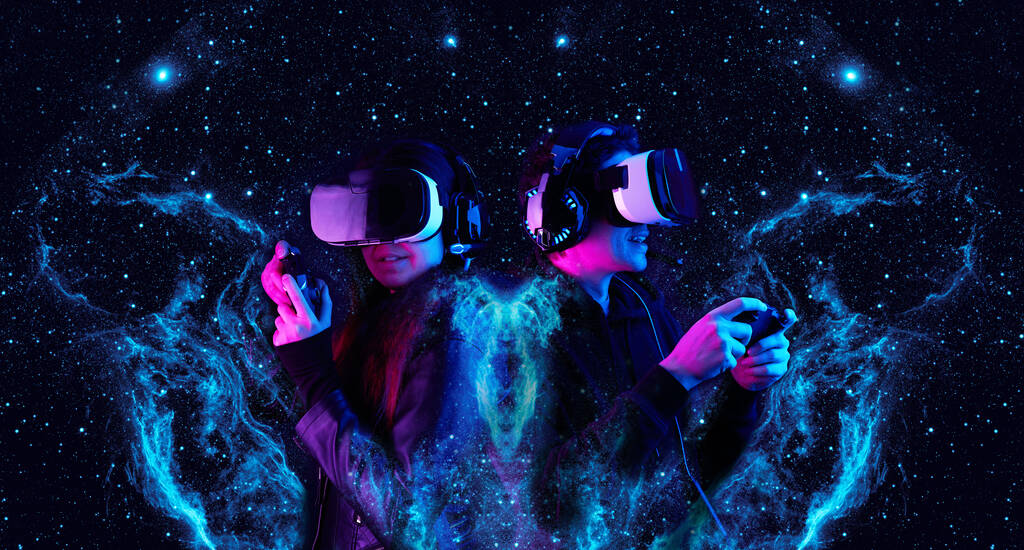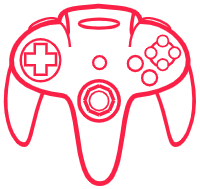
Games-Simulations

A game is an artistic portrayal of a certain phenomena, but a simulation is a serious attempt to accurately depict a genuine phenomenon in another. Simulator designers only make concessions due to intellectual and material limitations; they do not intentionally simplify designs. Contrarily, game designers carefully and purposefully employ designs.
When games are stylised, simulations are quite detailed. While simulations specify every element, games have been known to print the game’s specifics.
The inner world’s time continuum will move incredibly swiftly during a simulation. However, in a game, it is based on the real world’s time scale.

Any time might be simulated, including the present, the past, or the future. Games may be played in a city, a town, a rural area, outside, or some other setting. A play’s plot or characters are entirely the product of the author’s imagination. There are various rules in games that let you do some things and forbid you from doing others. In addition, the games are very competitive.

Summary
Also read our other Articles

